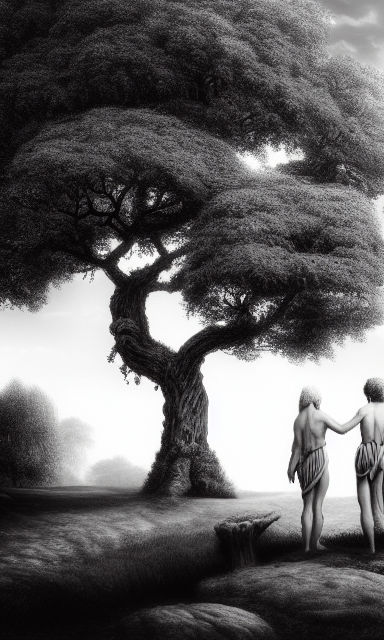The Books of Adam and Eve

Introduction
- The Books of Adam and Eve, also known as the “Life of Adam and Eve” or “The Apocalypse of Moses,” is a collection of Jewish and Christian texts that were written during the first several centuries CE.
- These texts tell a story of Adam and Eve after they were cast out of the Garden of Eden and they detail their life and death.
- These texts are considered significant because they provide additional information and perspectives on the story of Adam and Eve, the first parents of humanity, and their role in the Fall of man.
The books’ content
- The Books of Adam and Eve contain various versions, but the most common one is divided into four main sections: The First Book of Adam and Eve, The Second Book of Adam and Eve, The Third Book of Adam and Eve and The Fourth Book of Adam and Eve.
- The First Book of Adam and Eve describe the life of Adam and Eve after they were cast out of the Garden of Eden and how they struggled to survive.
- The Second Book of Adam and Eve describes how Adam and Eve had children, how they taught them about God and how they passed away.
- The Third and Fourth Books of Adam and Eve describe the death of Adam and Eve and their burial by the archangels.
Analysis of the books’ teachings
- The Books of Adam and Eve present Adam and Eve as the first parents of humanity, who were created by God and given the responsibility to care for the Garden of Eden.
- The texts provide additional information on the story of the Fall, including the role of Satan, the nature of sin and the consequences of disobedience.
- The books also emphasize the importance of repentance, forgiveness and the plan of salvation.
- The books have had some influence on early Christianity, particularly in its views on the nature of sin and redemption.
Conclusion
- The Books of Adam and Eve provide a unique perspective on the story of Adam and Eve, the first parents of humanity, and their role in the fall of man.
- These texts continue to be relevant and significant in contemporary times, as they offer insight into early Jewish and Christian beliefs and teachings, and its impact on religious thought and belief cannot be underestimated.

